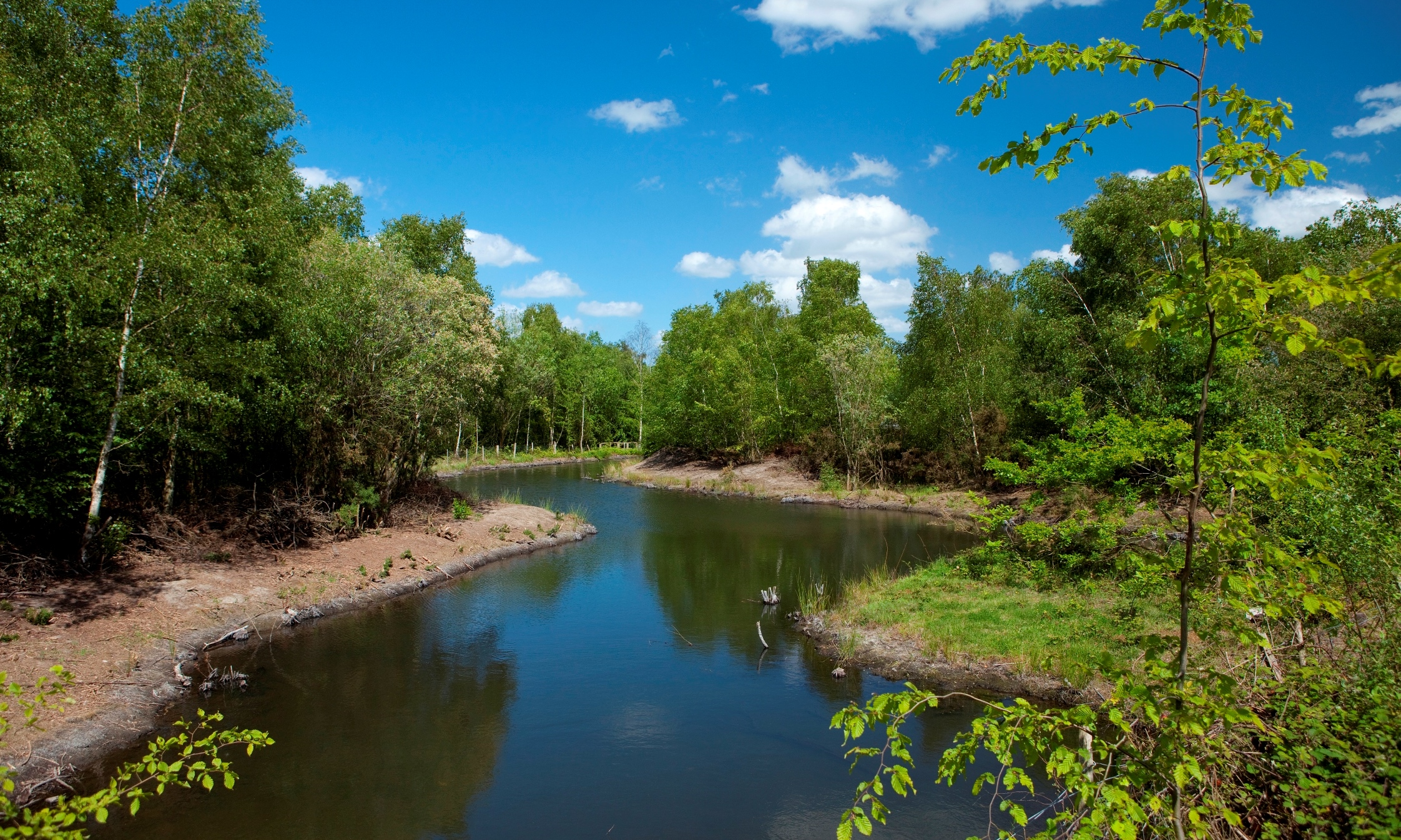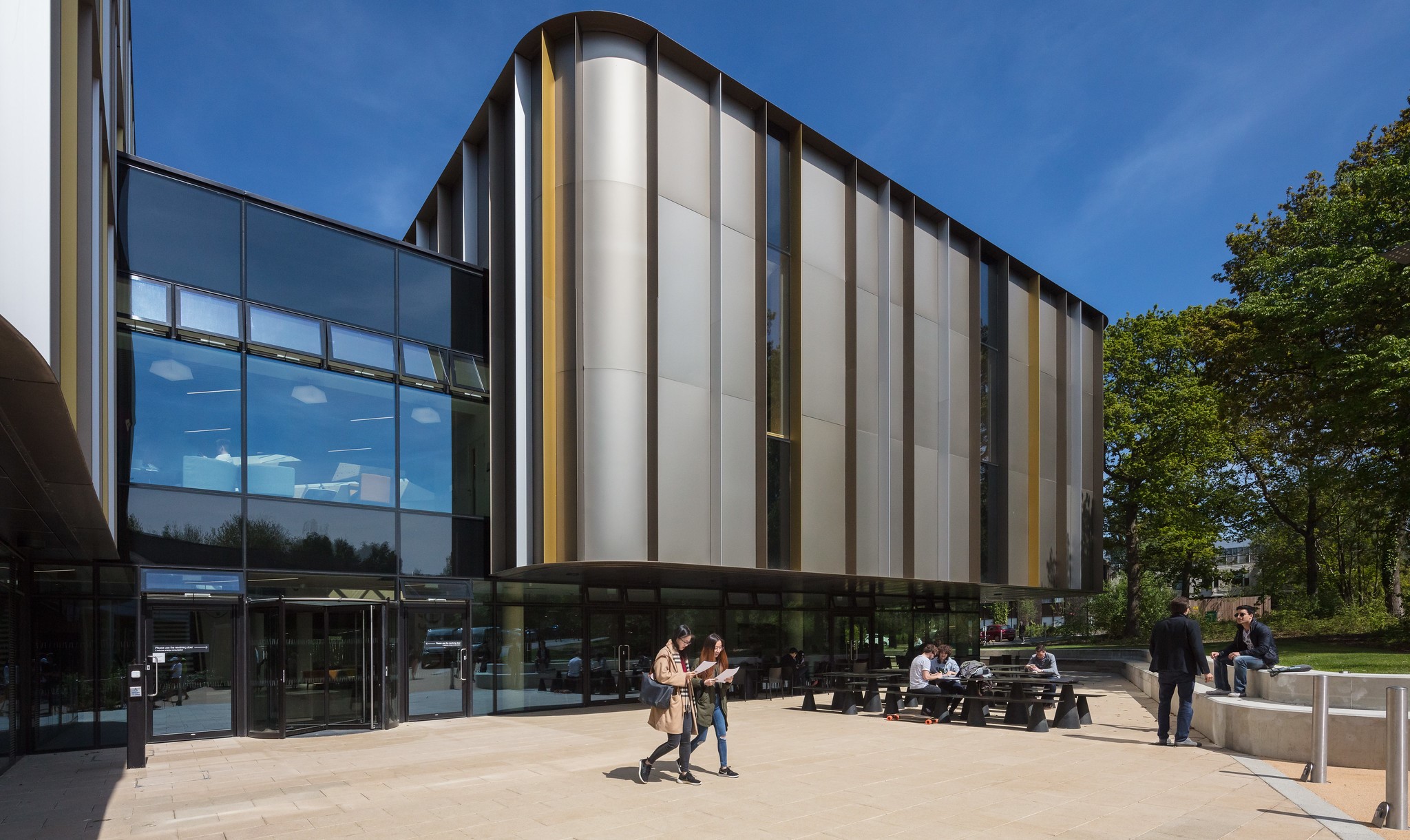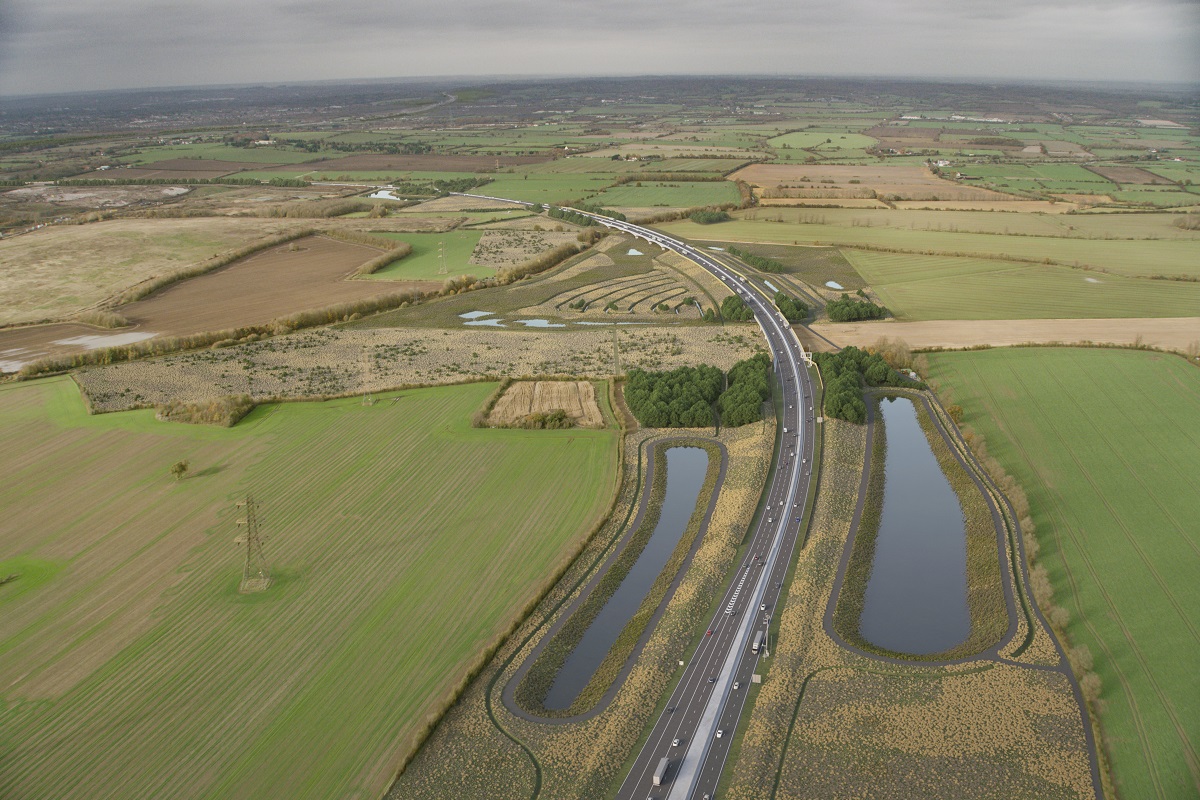National Highway’s Emily Dawson is a panellist at Kent Business School’s forthcoming Kent & Medway Business Summit. As Head of Benefits for the Lower Thames Crossing, she has spent two years making a case for investment in the project.
The Lower Thames Crossing is a new connection between Kent, Thurrock, Essex and Havering through the longest tunnel in the UK beneath the River Thames. Those bidding for the crossing cite that it will improve journeys by almost doubling road capacity across the River Thames east of London, as well as supporting jobs, improving air quality in the region, and creating new green spaces for communities and wildlife.
National Highways has now submitted its Development Consent Order, amid scrutiny from locals and protesters who have concerns about the crossing’s impact on the local area, wildlife and traffic in neighbouring towns.
Here, Emily makes the case for the project, outlining the strategic importance of the Dartford Crossing and how congestion on this vital part of the network is limiting growth in the Thames Estuary.
There aren’t many commuters from Kent to Essex and back who would dispute the need for an alternative route to cross the Thames. 19 out of 20 northbound journeys are delayed and there is a 95 per cent chance that a journey over the Dartford Crossing will take longer than it should.
“It’s a challenging situation at Dartford,” reflects Emily. “National Highways have a huge team working around the clock to keep it operating. The delays when there is an accident mean the congestion spreads out to the local area. We talk historically about Friday night traffic but at Dartford, it builds from 10 in the morning.”

Statistics show as many as 180,000 vehicles travel the crossing in any given day, far more than the 135,000 it was designed for.
Emily says: “We need additional capacity in the region. The Lower Thames Crossing supports people and businesses both sides of the river because it’s got that new connection, additional capacity, and a completely alternative way of reaching your destination.”
Like all areas of the economy, Kent’s is struggling in the recession. Businesses face mounting energy bills, large numbers of staff vacancies and many are struggling to keep afloat in the midst of a cost-of-living crisis. The crossing, highlights Emily, could really help.
“There is huge growth potential that will stem from this project for the region. You will start to see more businesses investing in Kent and Medway because they’ve got confidence in a strong transport network there. Individuals from Essex, Kent and further afield will be more assured to apply for jobs in the county, if the journey takes them less time and is so much more reliable.”
The team at National Highways have done a significant amount of modelling to measure the economic benefits of another crossing. Up for discussion, of course, is how the project minimises its impact on the local area. The answer, Emily says, has been engagement.
“We have held over 300 days of formal consultations and taken in so much feedback – over 4000 issues have been raised and responded to. We’ve learnt a lot about the local needs and priorities to make sure that we are shaping our proposals to create the best balance. It is, of course, building a new road where there isn’t one, which isn’t always easy, but we’ve taken steps to ensure it benefits the region.”
National Highways is designing the Lower Thames Crossing to be the greenest road ever built in the UK. A tunnel rather than a bridge was chosen to avoid protected wetlands and marshes, seven green bridges would provide safer crossing points for people and wildlife, and viaducts are planned to protect a nearby flood plain. Habitats would also be enhanced to support protected species in the region. Over 60km of new or improved pathways would be made available for walkers, cyclists and horse riders, including improving links between existing country parks either side of the A2.
Emily continues: “We have planned in seven green bridges; these are structures to link roads and footpaths. The biggest, over Thong Lane in Gravesend, at 84m wide is almost as wide as a football pitch is long. They allow birds, mammals, and insects to keep moving despite a road being built and they look like part of the landscape. There are hedgerows and tress all around and if you’re walking over it, you would never know it was a bridge.”
The project will also create a series of woodlands with over one million extra trees to be planted in Kent, Essex, Havering and Brentwood as part of plans to enhance the local environment.

“We would create open mosaic habitat grasslands and we are also creating new ponds. The areas will include enhanced habitats for wildlife that will go further to increase biodiversity. The project will also extend woodland areas like Shorne Country Park and Jeskyns. There will also be a new public open space at Chalk, called Chalk Park, ensuring local communities can make the most of the incredible views of the Thames Estuary that the site provides.
“The new park will also be created using chalk that will be extracted from the ground to create a cutting that will hide the new road from view. Reusing the material in this way will reduce the number of vehicles needing to travel on local roads to remove it, minimising the impact of construction on local communities.”
The Lower Thames Crossing has also been designated a pathfinder project, meaning it will explore ways to be carbon neutral in construction. They have already reduced carbon emissions during construction by around a third, and are working with partners and local suppliers to drive it out further creating a legacy of green skills across the estuary.
Emily concludes: “You know, we talk about wanting this to be the greenest road ever been built in the UK. We absolutely mean it and are determined to do the right thing. It’s a genuine ambition.”

